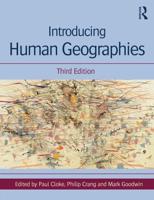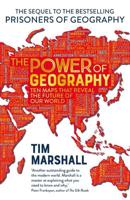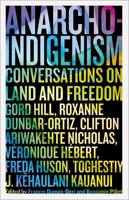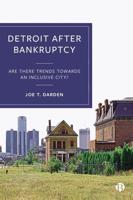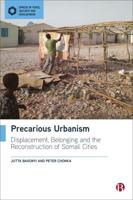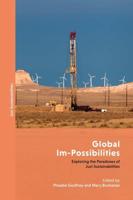Publisher's Synopsis
This book provides a multidisciplinary analysis of rural society in a post-Brexit UK by examining the emergence of new environmental and rural policies and the implications of this transition for rural communities. Through the Common Agricultural Policy, Common Fisheries Policy, the Birds and Habitats Directives, the Water Framework Directive and a myriad of other legislations and institutions, the EU has had a deciding role in how the UK's rural environment is governed. Disentangling this policy legacy is a complex process and offers both opportunities and challenges for policy makers, institutions, organisations and stakeholders across the UK as they strive to create appropriate new governance structures. With the Agriculture Bill, the 25-Year Environment Plan and the founding of the Office of Environmental Protection, the UK government has provided at least a degree of clarity on the future direction of environmental governance, but much remains uncertain, not least how this is engaged with by different stakeholders. While Brexit is the lens through which rural policy and sustainability are interrogated, this collection demonstrates the underpinning features of rural policy and society, identifying opportunities for addressing deep-seated policy weaknesses thereby creating a more sustainable and equitable rural society. This book brings together academics, established and early career, to discuss the impact of Brexit on rural environmental governance and on the wider sustainability of rural society, relating to three overall themes: rural governance, sustainable land use, and sustainable rural communities. In doing so, it considers sectors beyond agriculture, paying attention to social relations, community infrastructure, the environment, rural development and broader issues of land use. This book will be of interest to students and scholars of rural development, rural entrepreneurship, rural digital inclusion, environmental policy, sustainable development, land use, agrarian studies and environmental geography.The Open Access version of this book, available at www.taylorfrancis.com, has been made available under a Creative Commons Attribution-Non Commercial-No Derivatives 4.0 license.


